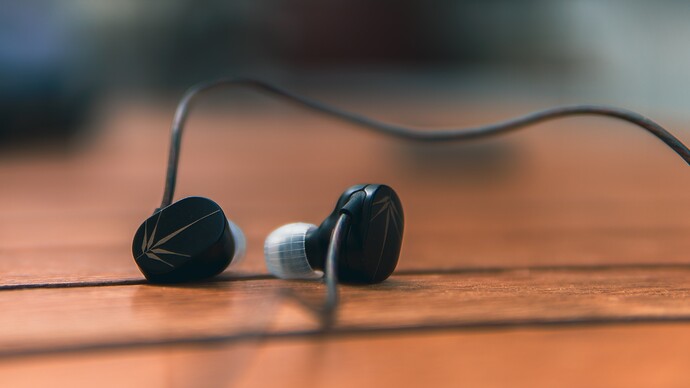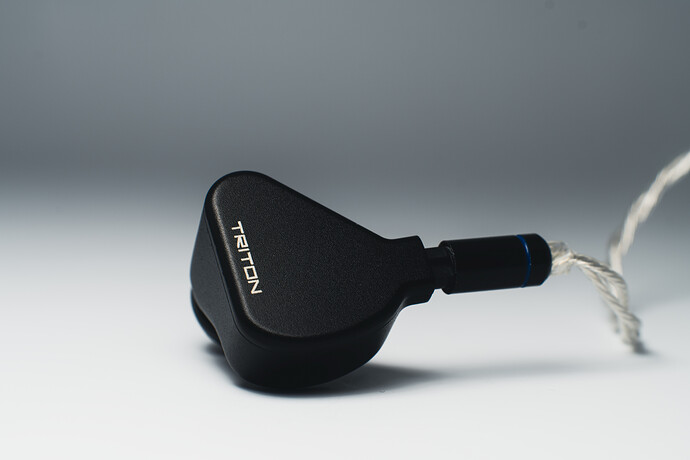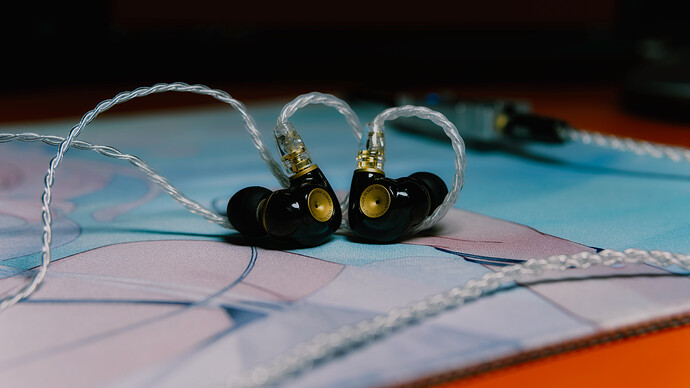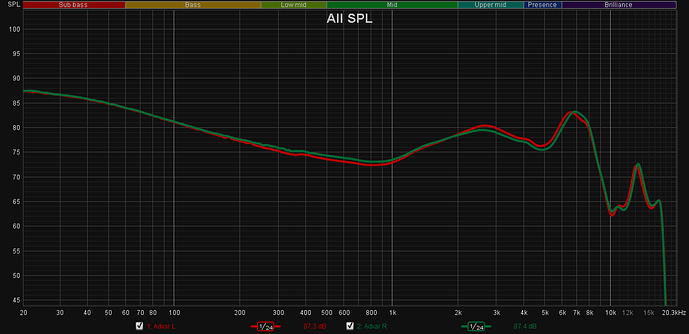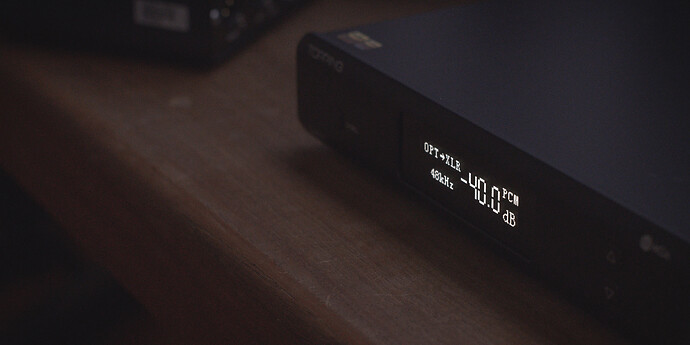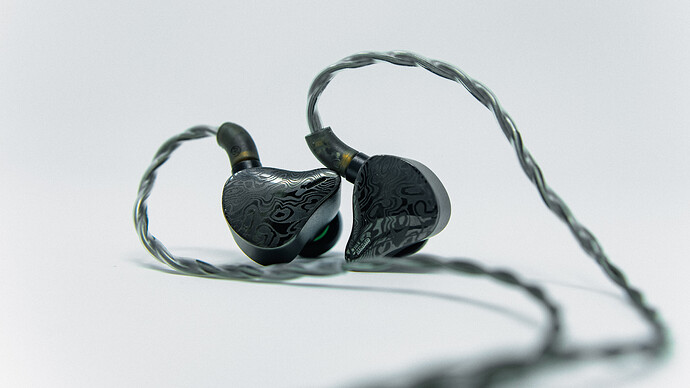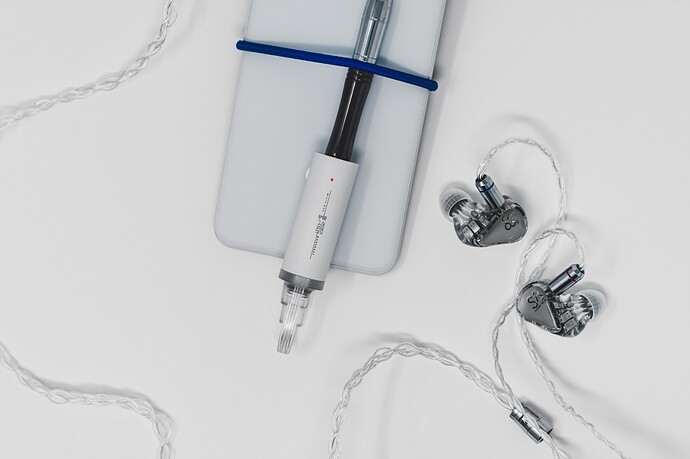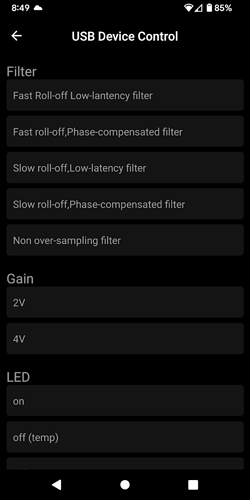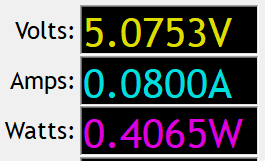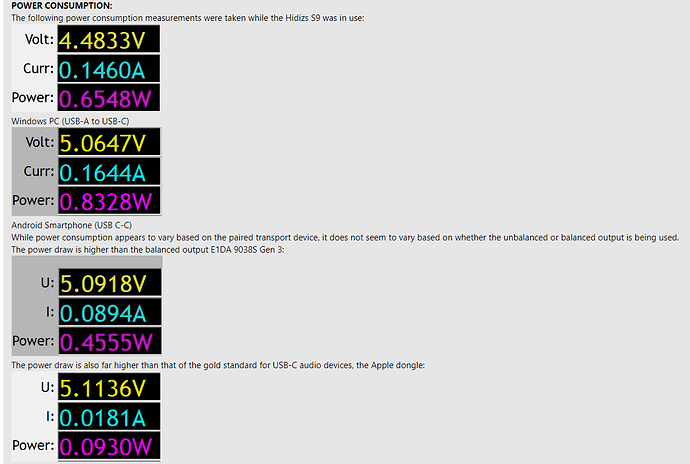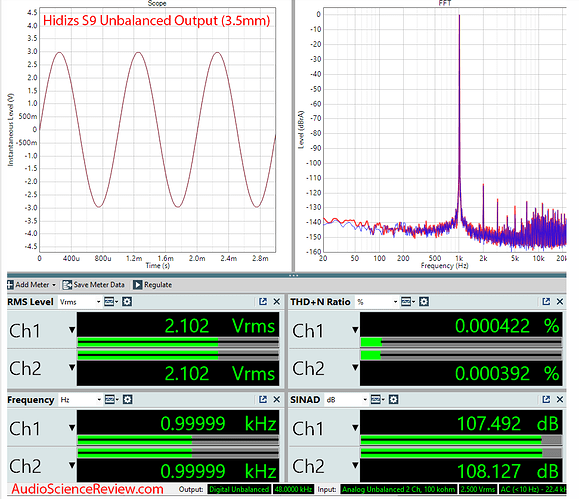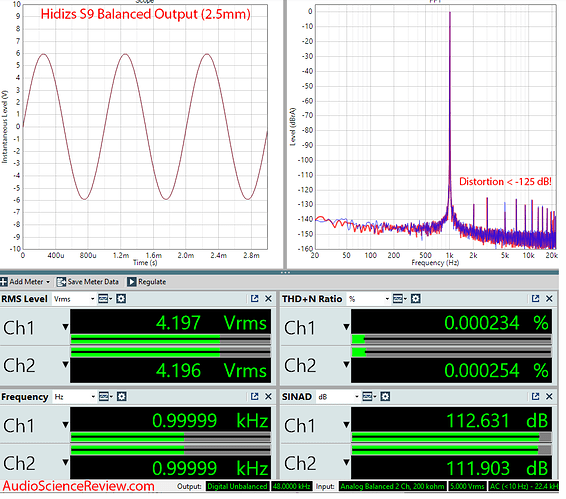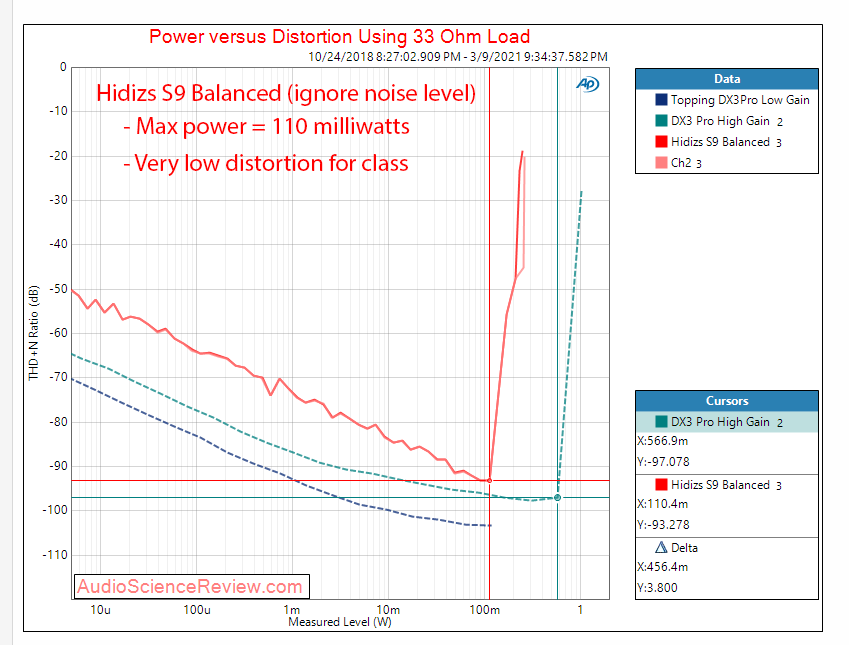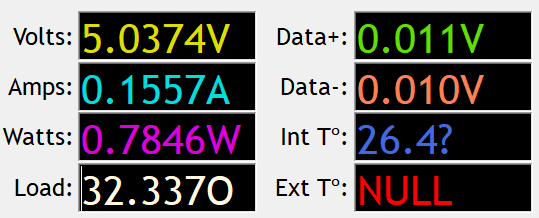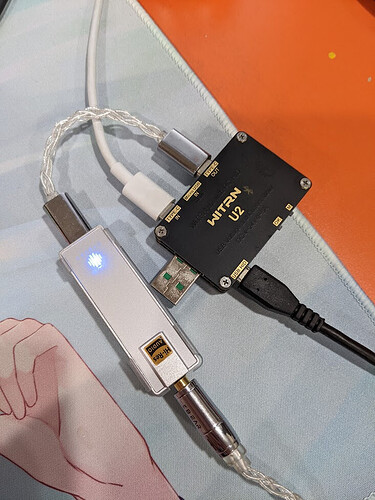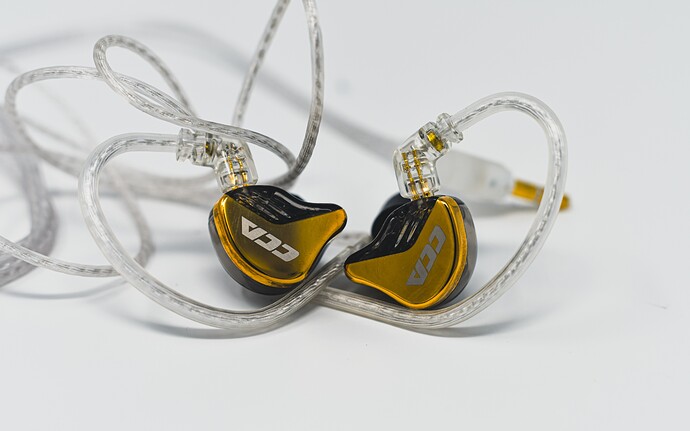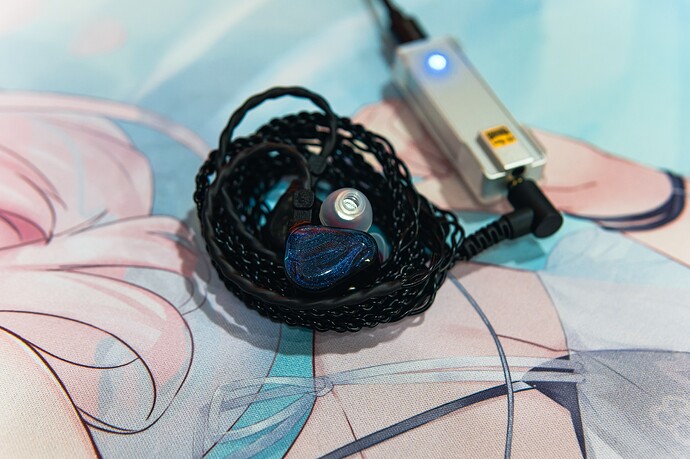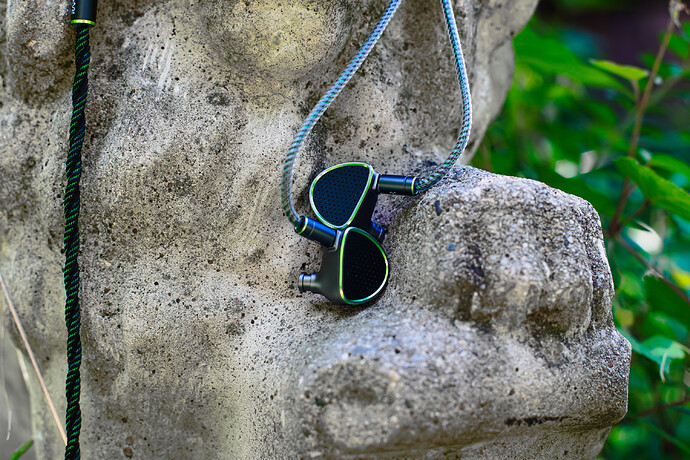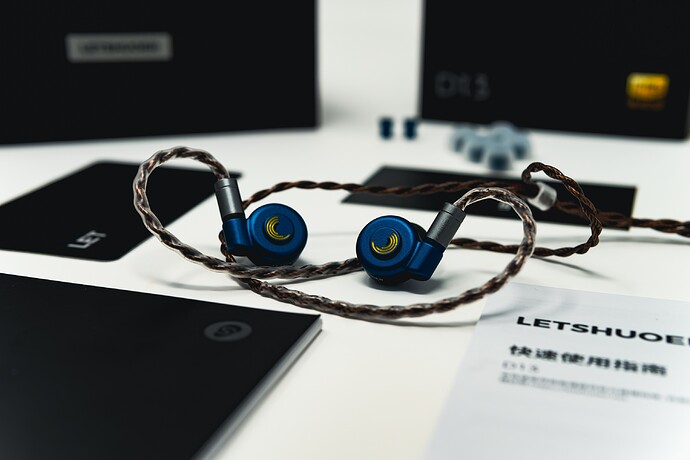Raptgo Hook-X Review
**INTRODUCTION AND DISCLAIMER:**
The Raptgo Hook-X is an in-ear monitor (IEM) which uses a 14.2mm planar-magnetic driver and a piezoelectric driver. The Hook-X retails for $239 at Linsoul, which sent me a unit in exchange for my impressions.
SOURCES:
I have used the Raptgo Hook-X with the following sources:
- Qudelix 5K
- Hidizs S9
- Reiyin DA-PLUS
- Moondrop Dawn
PACKAGING AND ACCESSORIES:
The Raptgo Hook-X comes in a medium-sized square-ish grey cardboard box with a grey slipcover. The front of the slipcover features a blueprint-style illustration of the Hook-X. The rear of the slipcover features an exploded diagram of the Hook-X along with Raptgo’s corporate contact information. The packaging is stylish and the unboxing experience is appropriate for a product of this price point.
The Hook-X includes a grey zippered semi-rigid carry case.
The Hook-X includes nine pairs of silicone eartips (3xS, 3xM, 3xL) in three different colorways. The eartips appear identical other than having different colored bores. Including three sets of the same type of eartips is excessive and I would have preferred a set of foam tips if not just a differently shaped set of silicone eartips.
The Hook-X also includes a detachable .78mm 2-pin cable with swappable terminations. 3.5mm single-ended, 4.4mm balanced, and 2.5mm balanced terminations are included, which I appreciate as opposed to including just one kind of balanced connection or the other.
In terms of documentation, the Zero includes an owner’s manual and a warranty booklet, which are both written in English and Chinese.
BUILD QUALITY AND DESIGN:
The Raptgo Hook-X has gunmetal aluminum housings with perforated black faceplates. The rim of the faceplate contains metallic green accents, a detail which is also found on the detachable 2-pin cable in several spots. The 2-pin connector base is slightly raised from the surface of the shell. There is a single circular vent in the center of the inside face of the housing. “RAPTGO HOOK-X” and the unit serial number are printed in white on the top face of the housing, along with “L” and “R” indicators. The nozzles are made from the same gunmetal aluminum as the rest of the housing and feature metal mesh nozzle covers and extruded rims to secure eartips.
The cable uses fabric-sheathed wires wrapped in a double-helix below the Y-split. The fabric is black with a metallic green accent, in keeping with the overall aesthetic. The cable has pre-formed heat-shrink earguides and a metal chin-adjustment choker. Despite the use of fabric sheathing, the cable is less microphonic than I would have expected, even when the chin-adjustment choker is not used.
The modular jack has a straight form factor. To swap terminations, one simply pulls the lower 2/3rds of the jack away from the upper third. The jack hardware uses a 4-pin connector between the swappable termination and the cable. The design is not locking and relies on friction to stay in place. I did not have any issues with the termination coming loose when I did not wish to detach it during my review process. There is strain relief above the jack but none at the Y-split.
Unfortunately, the cable included with my first unit experienced a quality control failure out of the box. The wiring for the right channel was faulty somewhere above the swappable termination and only outputted at full volume when held in certain orientations. Swapping to another cable fixed the issue. I also obtained a replacement unit, which did not have this issue with the cable. This failure has been reported by other end-users on Head-Fi. It is a shame that this issue exists because I like the Hook-X’s cable from an aesthetic and functional perspective, and I presume that the modular cable design is in large part responsible for the Hook-X’s price premium over similarly-specced planar-magnetic IEMs like the 7Hz Timeless and Letshuoer S12.
COMFORT, FIT, AND ISOLATION:
The Raptgo Hook-X is intended to be worn cable-up. The earpieces have a shallow insertion depth. While comfortable, secureness of fit is problematic and requires frequent re-adjustment to maintain an optimal seal. As one might expect from a planar-magnetic design, there is no driver flex.
For most external noise, the Hook-X offers better isolation than one would expect from a semi-open design. The foremost exception is the user’s own voice, for which isolation is noticeably worse than other sounds, even compared to other IEMs. This makes the Hook-X a great candidate for gaming use. If one is not using an external mixer or software-based real-time monitoring solution which allows latency-free playback of one’s own voice, playing online games with friends can be disconcerting with highly isolating IEMs. This is even more of an issue if one wants to use their usual audiophile-focused external DAC/AMP solution for gaming rather than a gaming-focused peripheral. The Hook-X has quickly become my go-to IEM for gaming, as it has a better uncorrected tonality than the ancient pair of Sennheiser HD 500A over-ear headphones I typically use.
MEASUREMENTS:
My measurements of the Raptgo Hook-X can be found on my expanding squig.link database:
Raptgo Hook-X — Squiglink by Bedrock Reviews
SOUND:
The Raptgo Hook-X has a warm, relaxed sound signature.
The Hook-X’s bass is most elevated in the sub-bass region, but rather than confining the bass emphasis exclusively to the sub-bass, the Hook-X retains a moderate amount of mid-bass presence. This mid-bass presence rolls off gently into the lower midrange. The Hook-X is a dynamic-sounding and impactful IEM. Sub-bass extension is excellent. Bass texture and detail retrieval are about what I would expect for an IEM of this price.
The approach the Hook-X takes with its mid-bass contour is a compromise that sacrifices a smidge of midrange clarity in order to retain the warmth and body in the lower midrange which more Harman-compliant IEMs frequently lack. As with many Harman-ish IEMs, vocal delivery takes center stage with the Hook-X. However, male vocals are noticeably more forward and present than is common on many contemporary IEMs, and have grit and bite in spades when called for. Female vocals have a bit too much low-end energy and can sound slightly husky. Vocal intelligibility is also mildly superior for male vocals as compared to female vocals. I did not notice any sibilance in the Hook-X’s midrange. The presence region is in line with the relaxed midrange. Overall midrange clarity is middling and there is a sense of graininess where one would expect more midrange detail. The Hook-X has very good midrange timbre and comes across just a smidge on the dry side.
The Hook-X has a pronounced lower treble peak which can create an excessive sizzle to high-frequency percussion like cymbals. This can be mostly tamed with the use of foam eartips. There is a faint but distinct sense of oversharpening to transients in the lower and mid-treble, which is a timbral inaccuracy inherent to piezoelectric drivers. With that said, it is much less severe than on other IEMs with piezoelectric drivers I’ve used in the past. The Hook-X has very good upper treble extension, which combined with the semi-open design, creates a spacious soundstage. The Hook-X also has excellent instrument separation. Imaging is quite good as well, which is useful for gaming.
AMPLIFICATION REQUIREMENTS AND SOURCE PAIRING:
The Raptgo Hook-X is surprisingly easy to drive even without the use of balanced source devices. I did not notice hiss with any of my devices.
CLOSING WORDS:
The Raptgo Hook-X is a very good-sounding IEM, but if your sole use-case for an IEM is listening to music, the Hook-X is not the best value for your dollar. As stated earlier, I suspect that the inclusion of a modular cable is responsible for a large part of the higher sticker price relative to contemporary planar-magnetic IEMs. This cable system is nice to have but not strictly necessary given that the Hook-X is easy enough to drive off of a single-ended connection. Further, QC issues with the cable are evidently not uncommon, which should give potential buyers pause. The Hook-X has additional value for use cases where the semi-open design gives unique benefits, such as gaming, but it is up to the individual buyer to decide whether these benefits are worth an additional $40 over the 7Hz Timeless or nearly $90 over the Letshuoer S12.
The Raptgo Hook-X can be purchased below:
RAPTGO HOOK-X Planar + PiezoElectric Drivers Hybrid IEM — Linsoul Audio
